
While you probably maintain a garden because you love plants, the ability to attract beautiful wildlife is an added benefit. There’s truly nothing like the vibrant colours and fluttering wings of butterflies and hummingbirds to increase the appeal of your garden. They bring other benefits with them as well. We’ll dive into some of those benefits and explain how you can create a vibrant garden full of whimsy and joy by selecting plants that attract hummingbirds and butterflies.
Table of Contents:
- Importance of Attracting Hummingbirds and Butterflies
- Nectar-Rich Flowers for Hummingbirds
- Host Plants for Butterfly Caterpillars
- Colourful Blooms for Butterfly Nectar
- Creating a Pollinator-Friendly Garden Design
- Plants for All Seasons
- Providing Shelter and Habitat
- Organic Gardening Practices
Importance of Attracting Hummingbirds and Butterflies

Here are some of the reasons why it's important to grow plants that attract hummingbirds and other pollinators:
- They help pollinate the plants in your garden.
- Hummingbirds' voracious feeding habits can help control insect populations, which can reduce the need to use harsh chemicals.
- They help increase biodiversity within your garden and surrounding area.
- Their appearance brings beauty and joy into our lives.
Generally, the plants that attract hummingbirds and butterflies are colourful and fragrant. They tend to be bright red, purple, pink, orange, blue, or white. In short, if you plant nectar-bearing flowers in your garden, you can expect to attract both types of wildlife.
In addition to planting the right flowers, make sure you include a sitting area nearby so you can enjoy the butterflies and hummingbirds that will visit your garden regularly.
Nectar-Rich Flowers for Hummingbirds
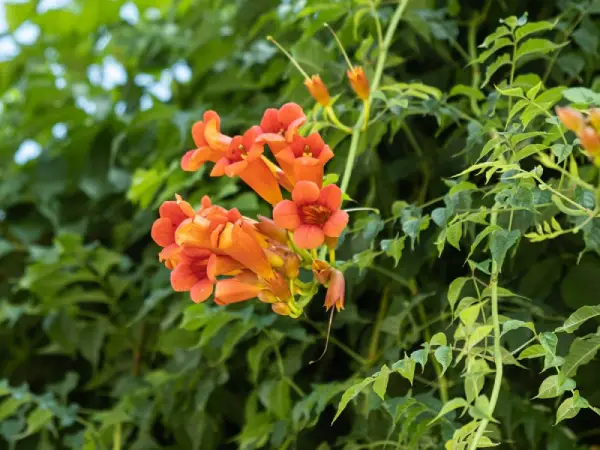
So, what plants do hummingbirds like? They are attracted to nectar-rich flowers, of course. But when you’re getting ready to grow plants that attract hummingbirds, it’s important to select tubular-shaped flowers. That way, other pollinators like bees and butterflies don’t have access to the nectar hummingbirds love.
The following are several excellent native Canadian flowers hummingbirds love:
- Trumpet Vine
- Trumpet Honeysuckle
- Red Cardinal Flower
- Sage (Salvia)
- Rhododendron
Host Plants for Butterfly Caterpillars
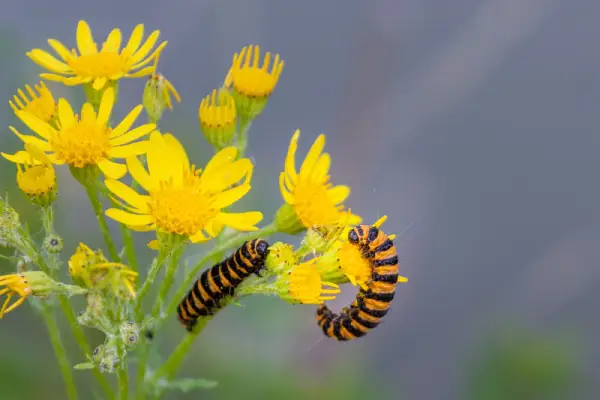
While a garden full of butterflies is a beautiful sight, caterpillars need a host plant to begin their metamorphosis. Caterpillars have varying feeding needs, depending on their species. Monarch butterflies rely on milkweed almost exclusively as caterpillars, while red admiral caterpillars enjoy wild cherries, aspens, and black oaks. Painted lady caterpillars, on the other hand, are attracted to mallows, thistles, and yellow fiddleneck plants. Find The Grounds Guys® nearest you for advice on which plants grow well in your local area and are good hosts to caterpillars.
Colourful Blooms for Butterfly Nectar
After caterpillars become butterflies, their needs change, and they are drawn to plants that provide nectar. Some of their favourite plants include the following:
Butterfly Bush
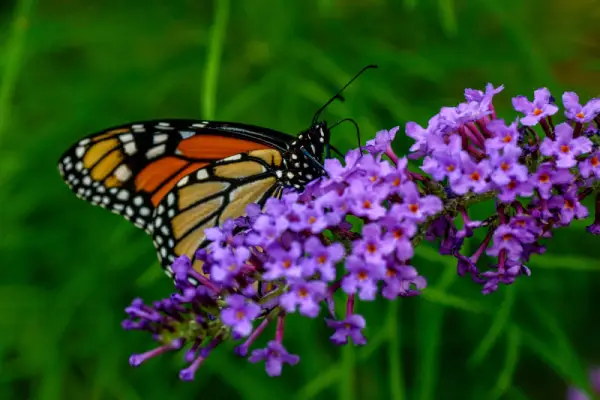
As you can imagine, the butterfly bush is famous for attracting butterflies, though hummingbirds enjoy its large, fragrant flowers as well. This perennial can grow 1.5 to 4 metres tall and spread 1 to 4.5 metres. Blossom colours vary, but pink, purple, red, and white are the most common.
- Seasonality: Butterfly bushes flower from June or July through the fall.
- Special care instructions: Plant your butterfly bush in well-drained soil where it receives full sun. Cut back the bush in winter to allow new growth to appear in the spring.
Fuchsia
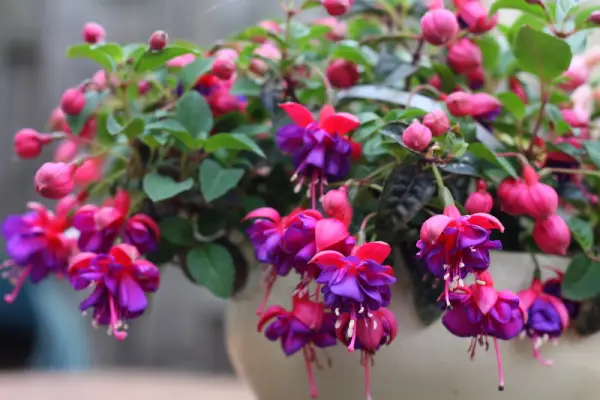
These are flowering plants that attract hummingbirds in particular and produce blossoms in a wide range of two-tone colours. You can plant fuchsias in the ground, though they do particularly well in hanging baskets.
- Seasonality: Fuchsias prefer cooler temperatures. In fact, flowers stop growing if they encounter daily temperatures above 24 degrees.
- Special care instructions: Plant fuchsias deeply so the crown sits 10 to 15 centimetres beneath the surface. They prefer shaded areas where the well-drained soil is a pH of around 6. Prune the plant in early spring to encourage new growth.
Rabbitbrush

Reaching a height of 1 metre and showcasing beautiful yellow blossoms, rabbitbrush grows naturally in western Canada, though you can also plant it in your yard to attract butterflies. This deciduous shrub is even edible.
- Seasonality: This fall-blooming plant can sustain flowers until November in warm enough climates.
- Special care instructions: Plant rabbitbrush in full sun. It’s suitable for well-drained soils that are sandy or loamy (medium texture for better airflow). This plant is easy to grow and able to survive drought conditions and nutritionally poor soil
Columbine
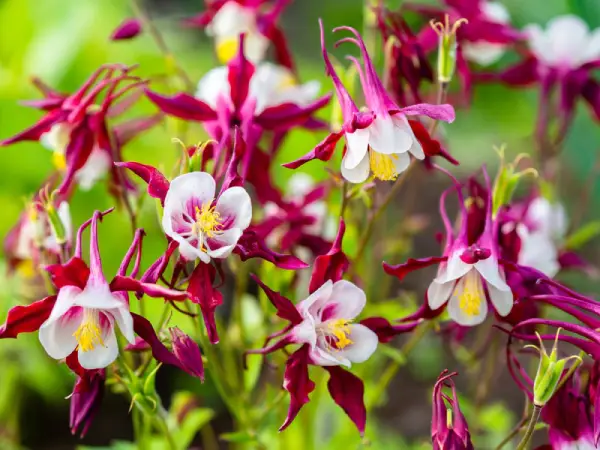
Columbine is available in many colours, but the red version is particularly good for attracting hummingbirds. These perennials are native to many areas across North America and reach .5 metre tall. Their unique appearance will look beautiful in your garden.
- Seasonality: Look for blooms lasting from late spring to early summer.
- Special care instructions: Plant in partial shade with well-drained soil. You can choose to deadhead or not; it’s up to you.
Creating a Pollinator-Friendly Garden Design

You can use these tips to help welcome pollinators into your garden.
- Arrange the plants that attract butterflies and hummingbirds in groups. You can plant three to five different types together and layer them throughout your garden.
- Be sure to keep freshly opened flowers. Deadheaded flowers have the most nectar and pollen.
- Plant flowers with similar care needs in a single container
- Avoid using commercial pesticides because they can also kill beneficial insects
- Add a water source, such as a fountain or birdbath to help hydrate pollinators.
Plants for All Seasons

Canadian winters can be tough on some plants and flowers. So, planting flowers for year-round colour in the garden can be challenging. But there are colourful perennial plants that attract hummingbirds and butterflies, such as Coral Bells and Bee Balm flowers. And you can’t go wrong with Cardinal flower plants to attract butterflies and hummingbirds, even in colder climates!
Providing Shelter and Habitat

Plants that attract hummingbirds and butterflies offer more than nutrients. They also provide shelter and a peaceful resting place. Plus, when you create a natural habitat, you get to enjoy your very own nature show.
Organic Gardening Practices
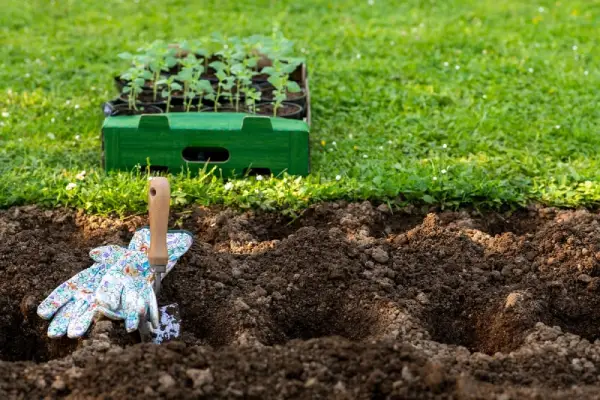
Try employing the following organic gardening practices with plants that attract hummingbirds, and enjoy the results!
- Work compost into the soil
- Use raised garden beds.
- Inspect your plants daily.
- Give your plants plenty of nutritious organic plant food.
- Add birdbaths to attract insect-eating birds, like hummingbirds.
- Mulch your beds to suppress weeds and retain soil moisture.
Start Your Pollinator Garden Today!
Now that you know which plants to include in your garden to attract butterflies and hummingbirds, it’s time to get planting! For help bringing your dream garden to life, and maintaining a landscape that thrives, contact The Grounds Guys today. We provide free estimates and are committed to providing superior services you can count on. We’re a part of the Neighbourly community of home service brands and stand behind the Neighbourly Done Right Promise™, which ensures your satisfaction with our work.